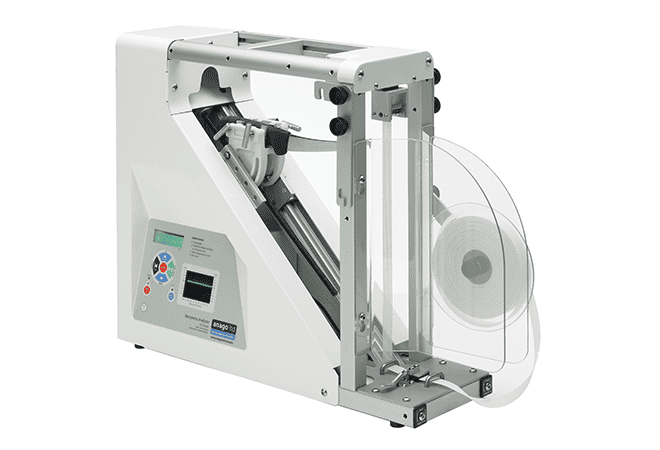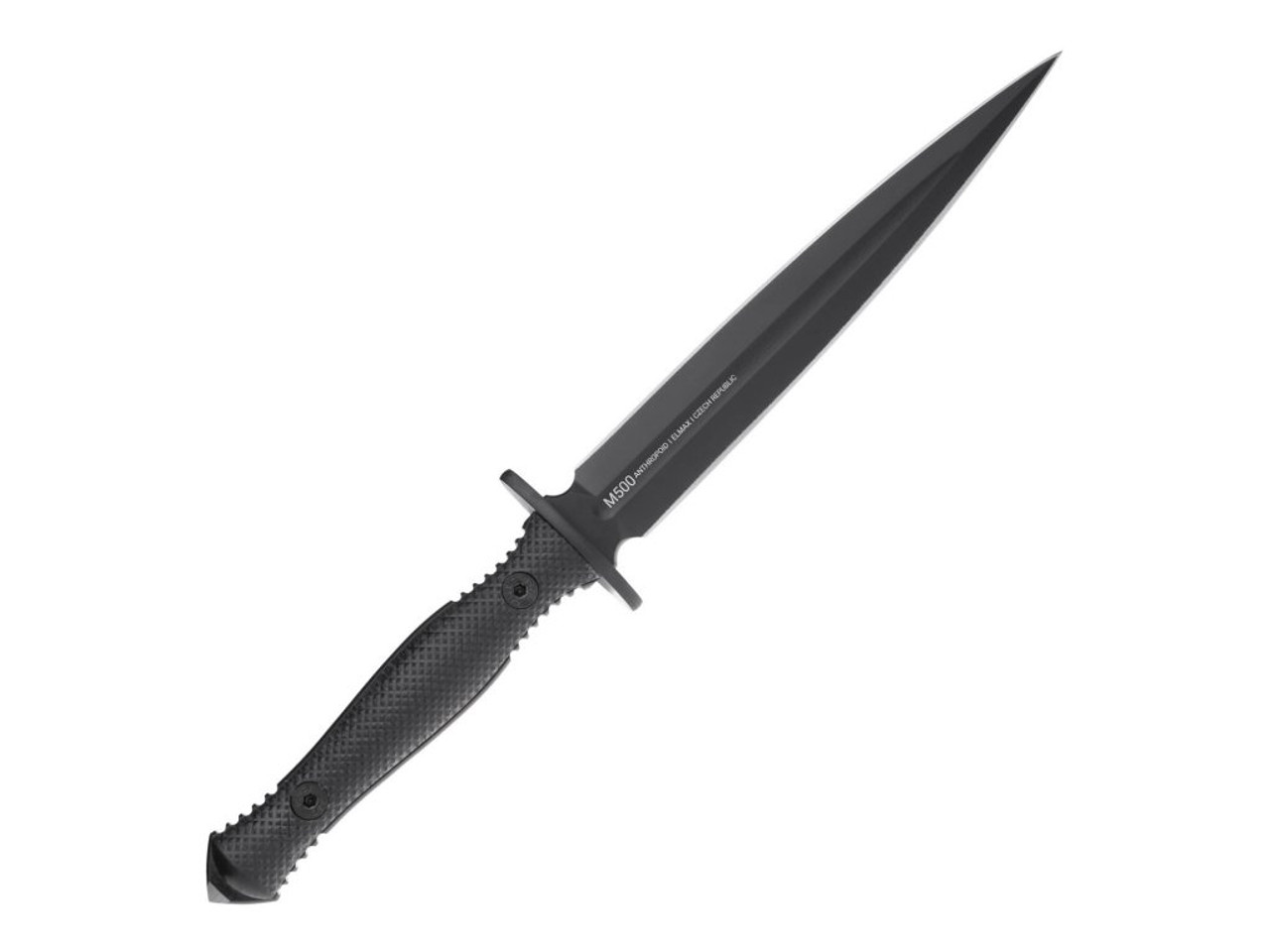Knife Sharpness and Traditional Religious Slaughter • Anago

Knife Sharpness and Traditional Religious Slaughter • Anago
This article discusses the importance of knife sharpness for ritual slaughter and how it can be controlled and improved with our Knife Sharpness Tester.

Original U.S. Vietnam War Era Special Forces Counter Insurgency Suppor – International Military Antiques

PDF) Effects of Slaughter Knife Sharpness on Blood Biochemical and Electroencephalogram Changes in Cattle
The Angelo Skinner was designed and produced with deer, lamb and goat processors in mind. After years of reviewing suggestions by small and mid-size

JERO 4 Angelo Skinning Knife Butchers Hunters Deer Lamb Goat Skinner 1404 P3

PDF) Effects of Slaughter Knife Sharpness on Blood Biochemical and Electroencephalogram Changes in Cattle

PDF) Effects of Slaughter Knife Sharpness on Blood Biochemical and Electroencephalogram Changes in Cattle

PDF) Importance of Knife Sharpness during Slaughter: Shariah and Kosher Perspective and Scientific Validation

Gallery of Knives

Scagel
Obscure knife--Kota kris - Ethnographic Arms & Armour

Acta Non Verba M500 Anthropoid Fixed Blade Fighting Knife - 7.5 Elmax Black DLC Double Edge Dagger

The Neolithic reaping knives from Egolzwil 3: A Mediterranean technical tradition in the late 5th millennium Swiss Neolithic - ScienceDirect


